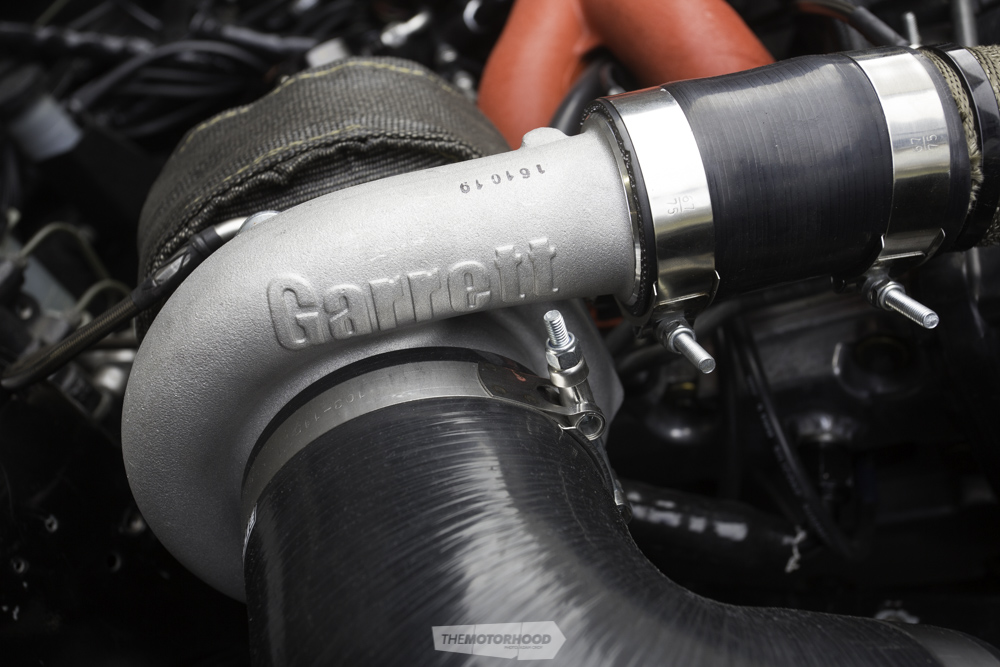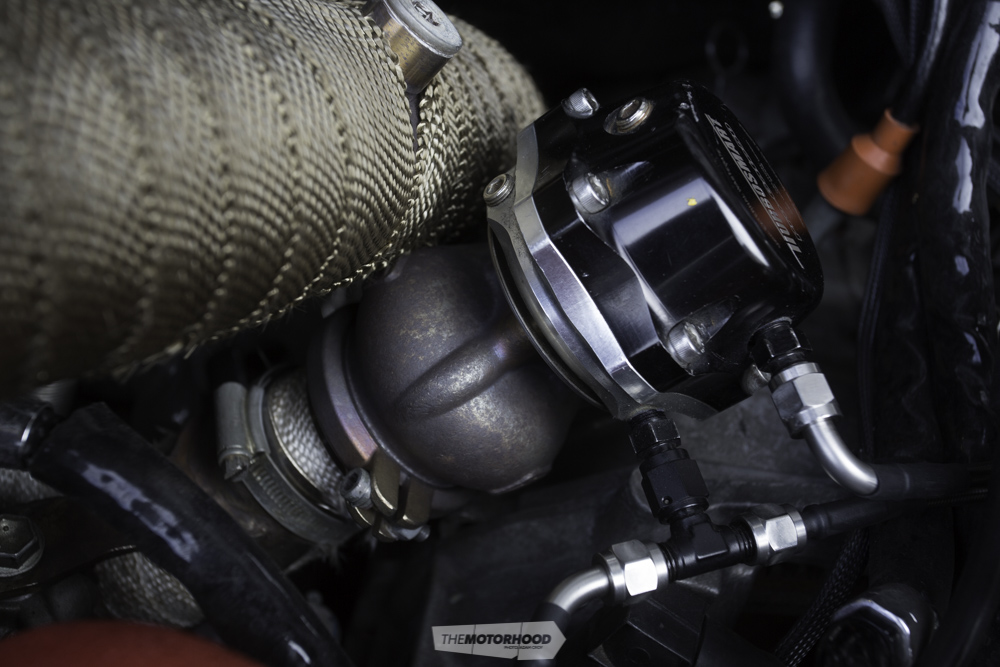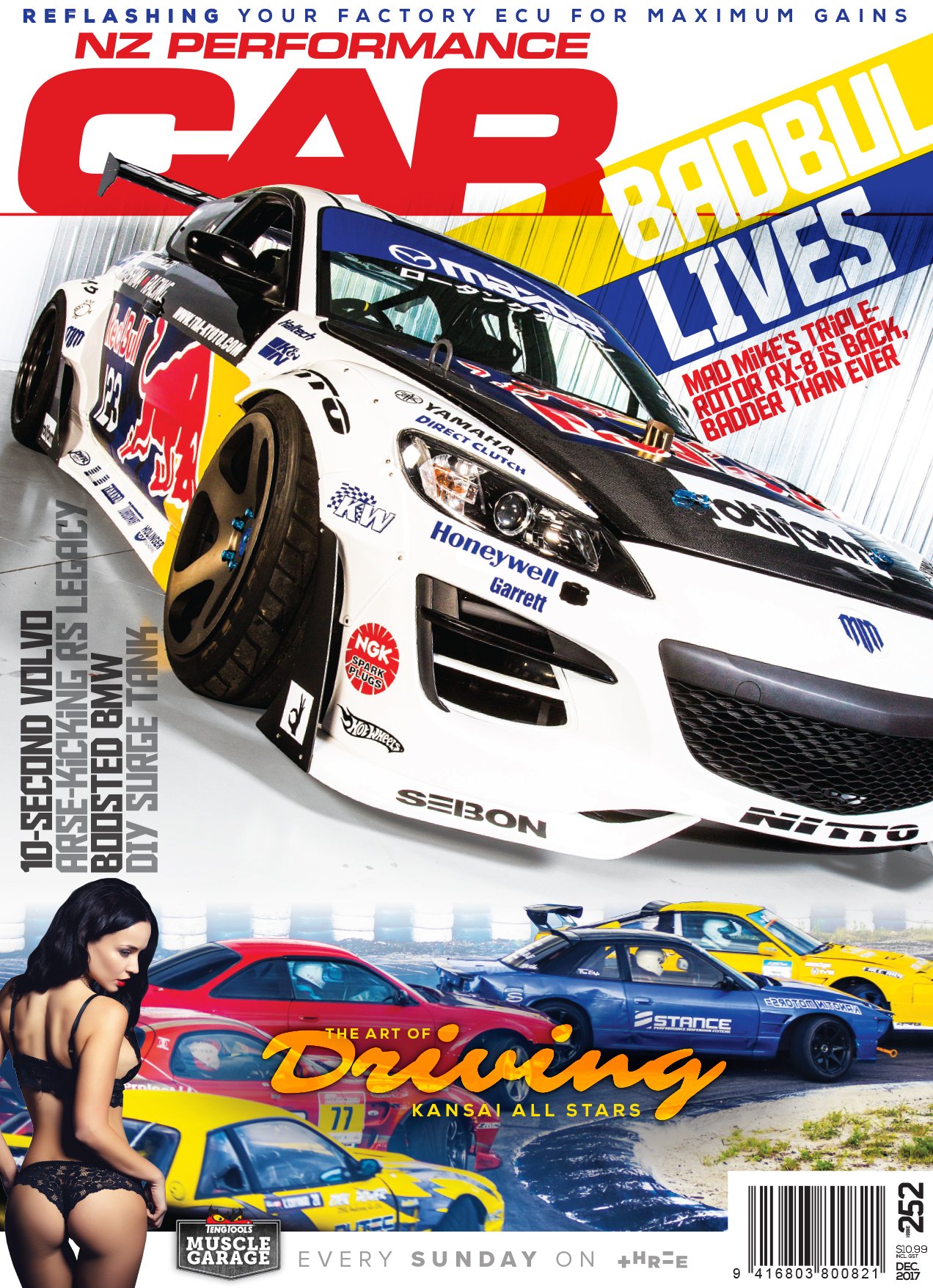Over a decade in the making, Duncan Wiseman’s RS Legacy is keeping the ’80s alive and proving that old dogs can have a few new tricks under the bonnet
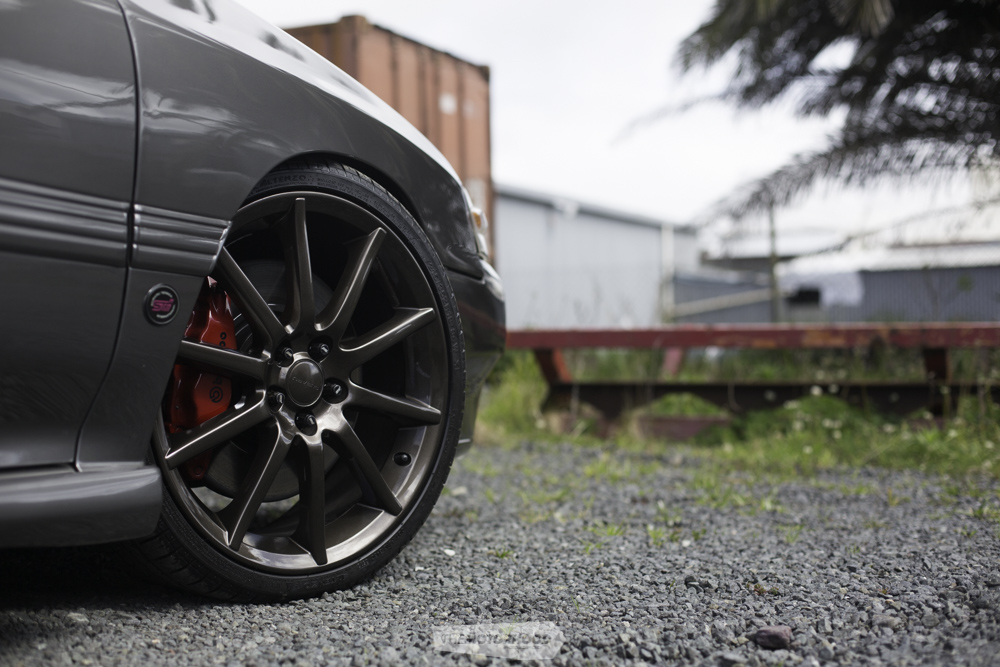
There was a late entry into the midsize sedan field nearly three decades ago, in 1988. Back then, models were often tarred with the mundane brush in terms of both function and form, and while this era also saw rogue design teams within Japanese automakers produce, on occasion, versions of these cars that were pumped full of performance goodness and techno-wizardry, those tended to be more sporadic fits of passion, homologation specials, or technological showcases than ultimate driver’s cars.
By contrast, the subject of this feature was almost the opposite. The model was plunged into a deadly serious rallying campaign straight out of the womb, got overhauled as the premier model for one of the most revered factory racing-development departments of the time, and saw more performance development throughout its short lifespan than its competitors enjoyed over the course of decades. Better yet, beyond all the factory hype and rallying prestige, it forged a strong and now eternal presence in our local scene. Yep, we’re talking about the humble Subaru Legacy RS.
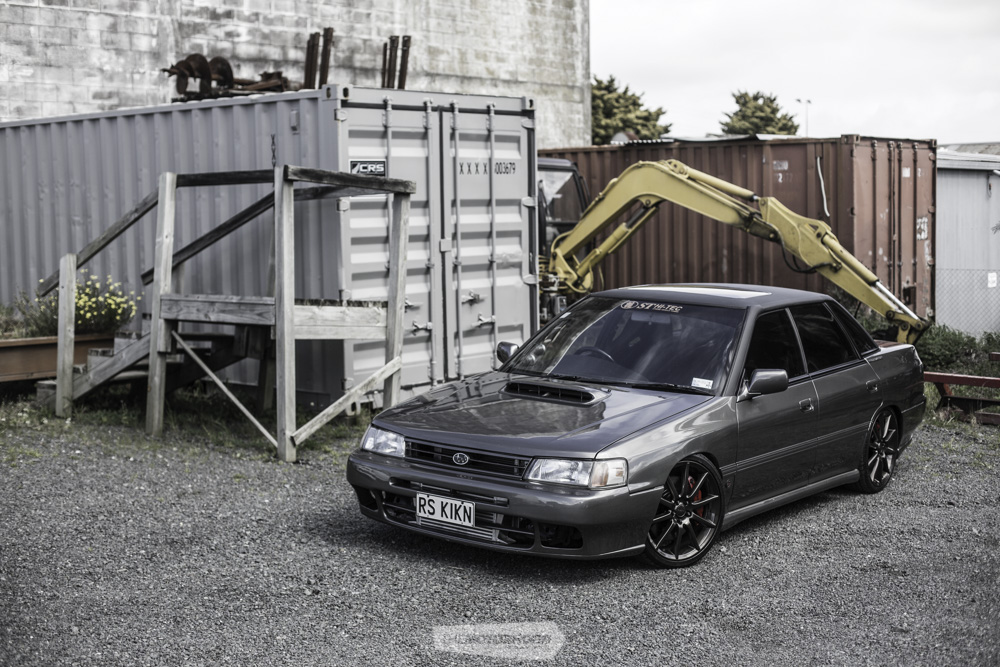
Duncan Wiseman salvaged this particular RS from the inevitable scrap heap it was destined for by its previous owner over 10 years ago. “I bought it for 500 bucks, so that should tell you what condition it was in at the time, as it was rotting away in a storage yard. Its only modification was a badly fitted BOV and no air filter, and it wasn’t running,” he says. “A bit of head-scratching later, and we figured out [that] it had jumped a few teeth. Once I reset that, it jumped into life.”
Although it was now a runner, things internally were not healthy. Shortly after buying it, Duncan discovered that it was low on compression. He has now spent the better part of a decade progressively pumping more power into the EJ20 heart, with things kicked off with a motor rebuild by Brad Farrow at JMR Automotive Developments.
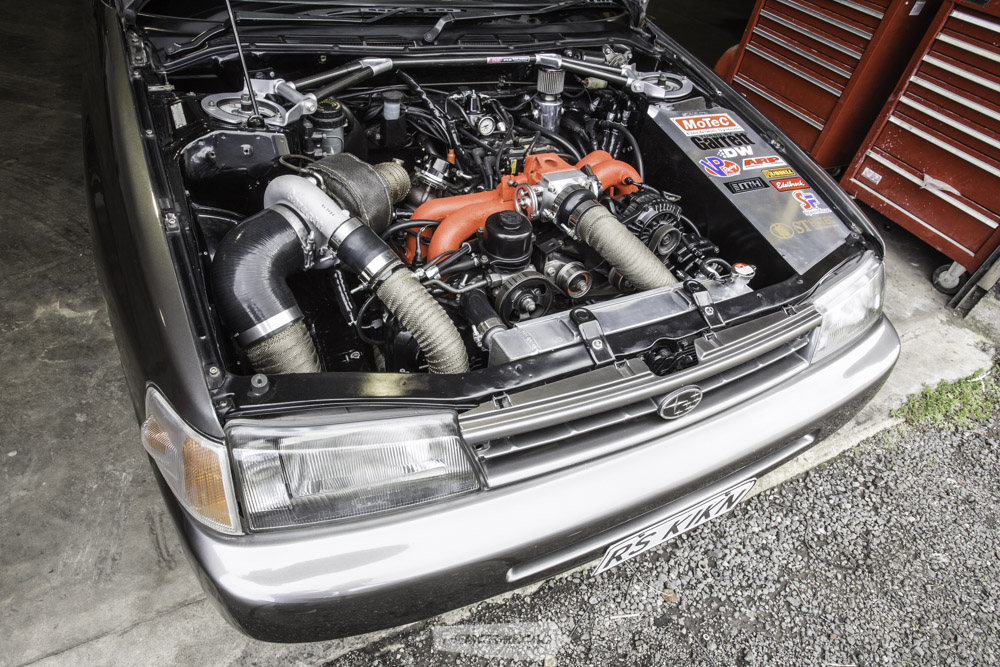
Finding the limits of any build can be exhausting, especially when you’re putting in the work on the dyno to max out and replace weak points — but Duncan’s efforts have seen the humble EJ20 go from 220kW to its current 350kW
The same JE forged pistons and forged rods can be found in it today, although the rest of that combo — which consisted of a new top-mount intercooler and TD05, with a Gizmo Group A chip — are long gone. The second iteration, with an M&H T3/T4 and front-mount looked after by a Link G1, made 220kW on 20psi.
By this point, Duncan had linked up with Kent at Speed Source in Warkworth, and the pair were putting in the hours on the dyno. Each time, they’d run it until it maxed out something like the injectors, fuel pump, or spark, after which Duncan would take it away to upgrade whatever had proven to be the weakest point. And then they’d do it all over again — and again, and again. “First, the car ran out of fuel, so I upgraded the injectors to a set of 850cc Lucas top feeds with aftermarket rails, twin Bosch external pumps, and a surge tank,” Duncan says. “That made the 220kW before running out of puff on the turbo. A switch out to a Garrett GT3582R saw the car jump to 260kW, and then it ran out of spark.”
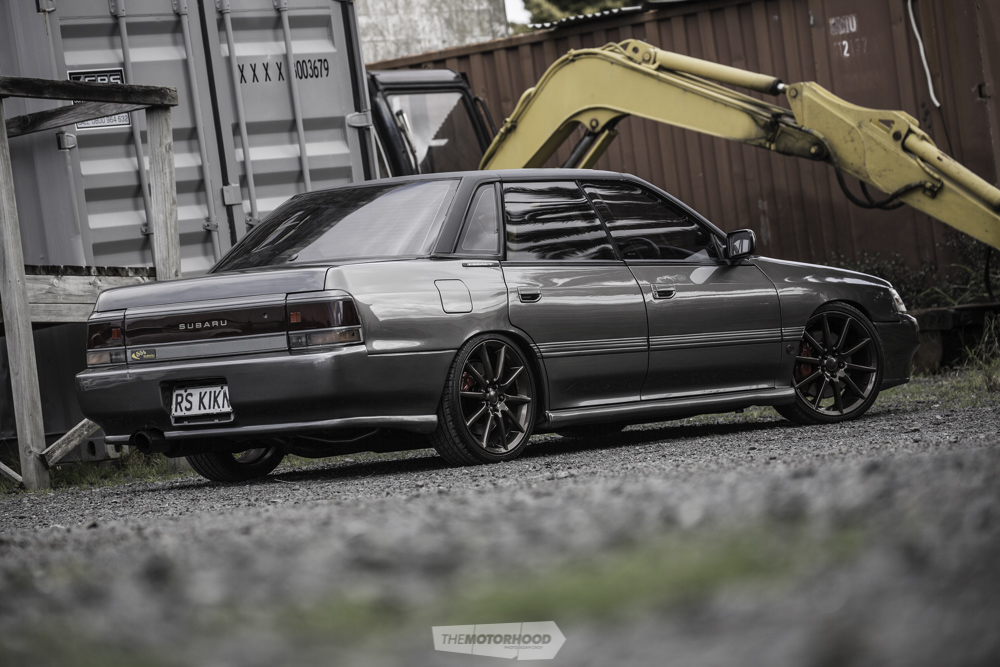
Boost was blowing the candle out. To counter this, a combo of four Bosch coils and 10mm leads with a D1 ignition booster was fitted before winding the boost up to 24psi, which saw power grow from 260kW to 280kW on 95 octane.
“I kind of just drove and tried to enjoy it after that … until I got bored about three years ago and started pulling bits off again,” Duncan says.
The RS was stripped back to a blank canvas with the entirety of the running gear yanked, along with the brakes, suspension, and interior with it. “The intention was to do things a little different to what everyone else had done in terms of where I mounted the turbo and wastegate — to the very short intercooler pipes using a V-mount style intercooler that I got custom made along with the radiator, so the cooler pipes would clear without cutting up the front bar, etc.”
Duncan wanted to black out the intercooler and piping to further the sleeper effect, but his wife said that the car needed a few subtle hints of what really lay underneath
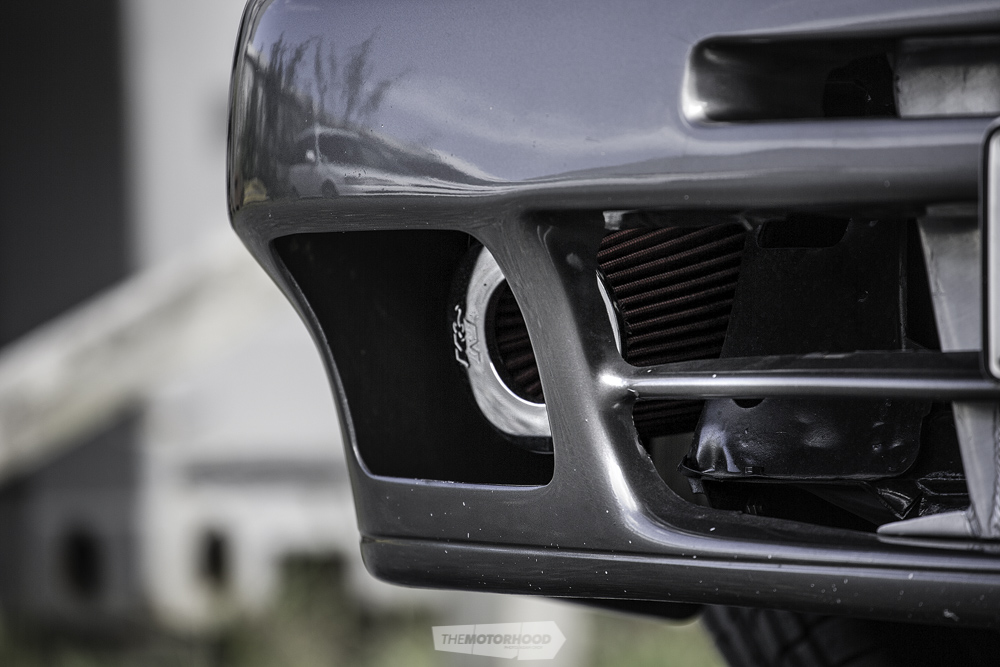
The basics were refreshed in the form of ACL Race Series bearings and ARP head studs, with a flipped and modified V5 intake plenum that now accepts a 60mm throttle body, and the turbo was once again replaced.
Duncan explains that, on the current set-up, with the GT35, the engine would get knock at 310kW at 29psi, so he could only run the car safely at 280kW on 24psi. Switching the unit for a GTX3582R Gen II stopped the knock and allowed the timing to be advanced while running 29psi safely. That, and a MoTeC M48, meant power was up to 350kW. “The M48 is an older style, but the tech is all there. MoTeC was doing things 10 years ago that other brands are only just starting to do now,” Duncan says.

“And I put all the gains down to good friend Arnie Nguyen’s tuning and knowledge of MoTeC ECUs. He was the driving force behind me modifying the car even more to find more power over the last year. Rest in peace, little bro.”
It wasn’t just the motor that received a rework, with the factory five-speed being switched out for the stronger V7 STi six-speed, while a set of Cusco coilovers was installed alongside V7 STi Brembo four-pot front and two-pot rear calipers for the now-much-needed stopping power. The subframes received a dose of seam welding, while Whiteline front and rear sway bars now take care of body roll, and the car’s braced to the max with a front underbody K-brace, STi front strut brace, and adjustable in-car centre brace.
The factory steelies have been replaced with a set of 18-inch later-model Legacy BP5 GTB factory options that now fill the arches. “I just think the factory wheels from the later-model car gives it a smoother look, and no one buys them as they are ugly in the factory silver with the 45 profile tyres. I also like the fact that they are factory forged wheels that have had hundreds of hours of development, like anything that is made for the general market,” Duncan says of his choice.
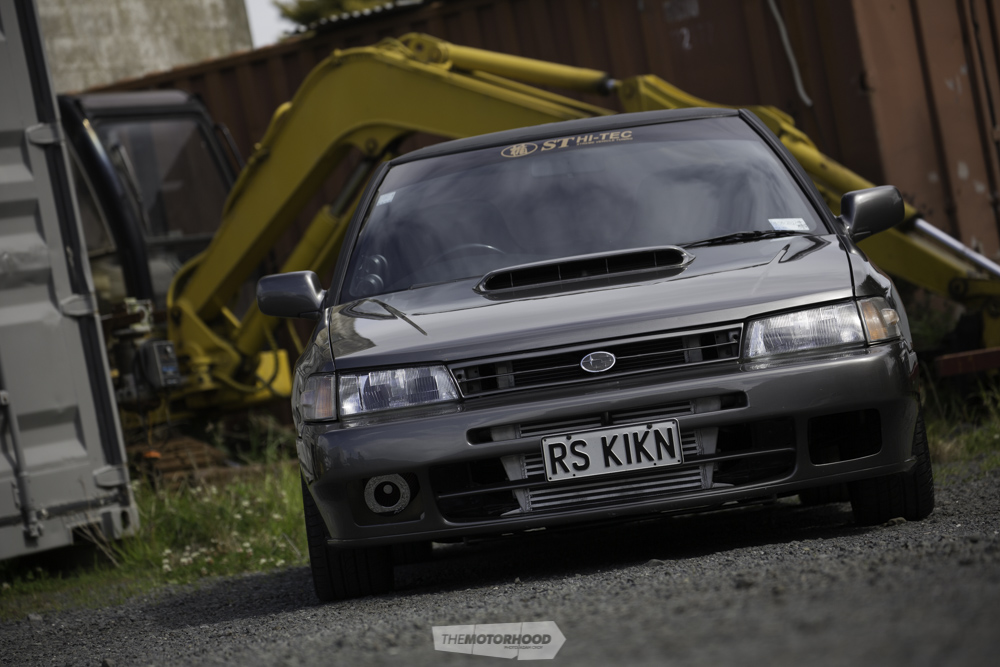
“I bought it for 500 bucks, so that should tell you what condition it was in at the time. Its only modification was a badly fitted BOV and no air filter”
Sticking with that late-model theme, the RS retains a modified factory kit but has been given a fresh lick of Legacy BP5 grey from the lads at East Tamaki Spraypainters. And though the underpinnings have all been built as if he were gearing up to contest the winding gravel of a World Rally Championship (WRC) stage, Duncan only ever intended the RS to be a street-car sleeper, which is why the interior is a mix of V6 and factory pieces that have been retrimmed in grey suede to match the M&H fixed-backs.
Duncan tells us that he’s already resigned to the fact that the build won’t end any time soon; after all, that’s what history over the last decade has shown us, and he already has a de-stroked EJ25 closed-deck heart in the works to chase those ever-elusive higher power figures. “I’m still shooting for 450kW or more. It’s dangerous, really, as most of my current stories involve a bit of hoonage … stories I won’t share here — and 450kW will make for a few more stories,” he finishes with a sly grin.
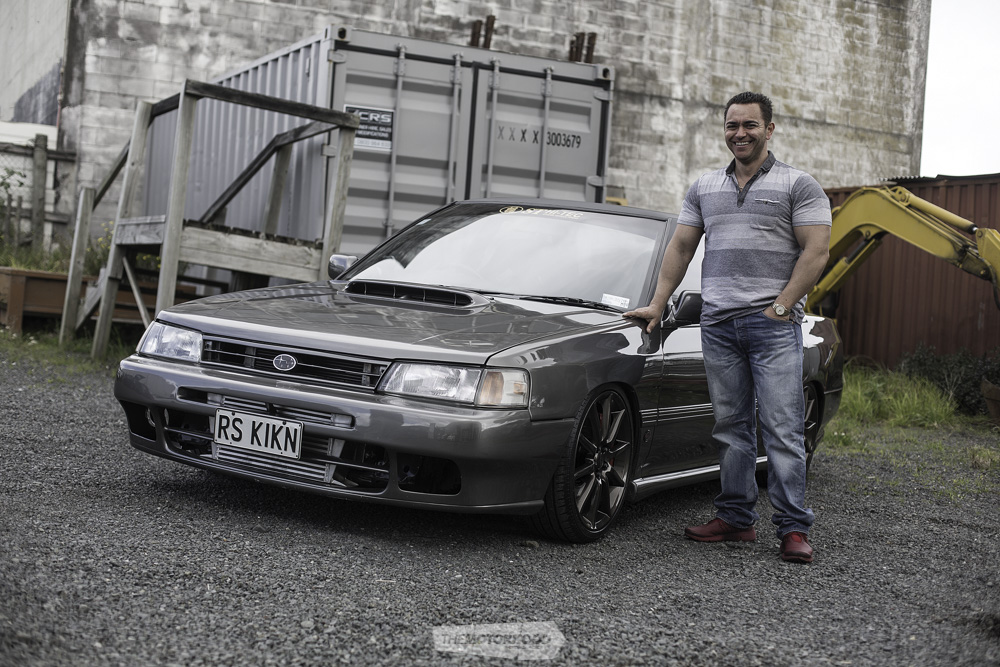
Duncan Wiseman
Age: 40
Location: Auckland
Occupation: Vehicle compliance
Build time: Continual over the past 10 years
Length of ownership: Over 10 years
Thanks: Arnie at ST Hi-tec, for the awesome tuning and getting the car running sweet (RIP, little bro); Dinh at Spec2, for the fab work and MoTeC install; Bradley Farrow at JMR Automotive Developments, for the motor work; Daniel Simpson at STA parts, for the good deals; Allen ‘The Calves’ Cho, for all the advice and help; Paul, Duncan, and Linda at East Tamaki Spraypainters; and to my amazing wife for not bitching about the thousands of dollars spent (obviously written by my wife)
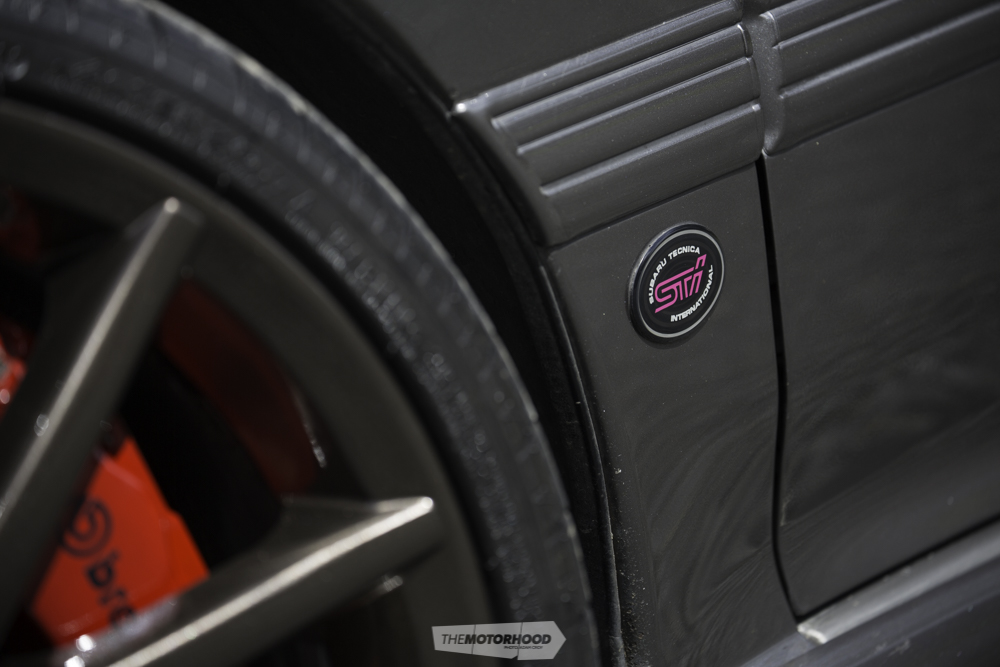
Heart
ENGINE: Subaru EJ20, 1998cc, horizontal-four
BLOCK: EJ20G closed-deck, JE forged pistons, forged rods, ACL Race Bearings, ARP head studs, V10 oil pump
HEAD: Factory V5
INTAKE: Custom air box and piping, K&N pod filter, modified V5 intake manifold, 60mm throttle body
EXHAUST: Three-inch stainless-steel system, Coby resonator, STi tip, stainless-steel semi-tuned manifold
TURBO: Garrett GTX3582R Gen II
WASTEGATE: Turbosmart 60mm
BOV: Turbosmart 50mm
FUEL: Walbro 460 litres per hour fuel pump, Deatschwerks 1000cc fuel injectors, aftermarket top-feed fuel rails, Russell high-flow fuel filter, twin -6AN fuel feed lines, single -6AN return, Turbosmart twin-port fuel-pressure regulator (FPR)
IGNITION: Bosch coils, 10mm leads, gapped NGK platinum spark plugs, D1-spec ignition booster
ECU: MoTeC M48
COOLING: Custom intercooler and piping, custom radiator and shroud, Spal fan
EXTRA: Gizzmo electronic boost controller, oil catch-can, heat-wrapped fuel and water lines.
Driveline
GEARBOX: V7 STi six-speed
CLUTCH: Exedy heavy-duty
FLYWHEEL: V7 STi
DIFF: V7 STi 3.9-ratio
Support
STRUTS: Cusco coilovers
BRAKES: (F) V7 STi Brembo four-pot calipers, (R) V7 STi Brembo two-pot calipers
EXTRA: V5 alloy lower arms, seam-welded subframes, six-piece rear pillow-ball adjustable control arms, Whiteline front and rear sway bars, Noltec sway-bar links, STi front strut brace, front underbody K-brace, aftermarket pillow-ball tie rods, adjustable in-car centre brace, Noltec bushes throughout
Shoes
WHEELS: 18×7-inch Subaru BP5 GTB
TYRES: 215/35/18 Altenzo Sport Comforter
Exterior
PAINT: Resprayed in Legacy BP5 grey by East Tamaki Spray Painters
ENHANCEMENTS: Modified stock front and rear bumpers, ridges removed
Interior
SEATS: M&H fixed-back
STEERING WHEEL: Momo F1
INSTRUMENTATION: Stepper Motor boost, oil-temp, and water-temp gauges
EXTRA: Retrimmed interior in grey suede to match seats, GEN-2 black carpet
Performance
POWER: 350kW
BOOST: 29psi
FUEL: 98 octane
TUNER: Arnie at ST Hi-tec
This article originally appeared in NZ Performance Car magazine issue No. 252 — you can get your grubby mitts on a copy by clicking the cover below:





